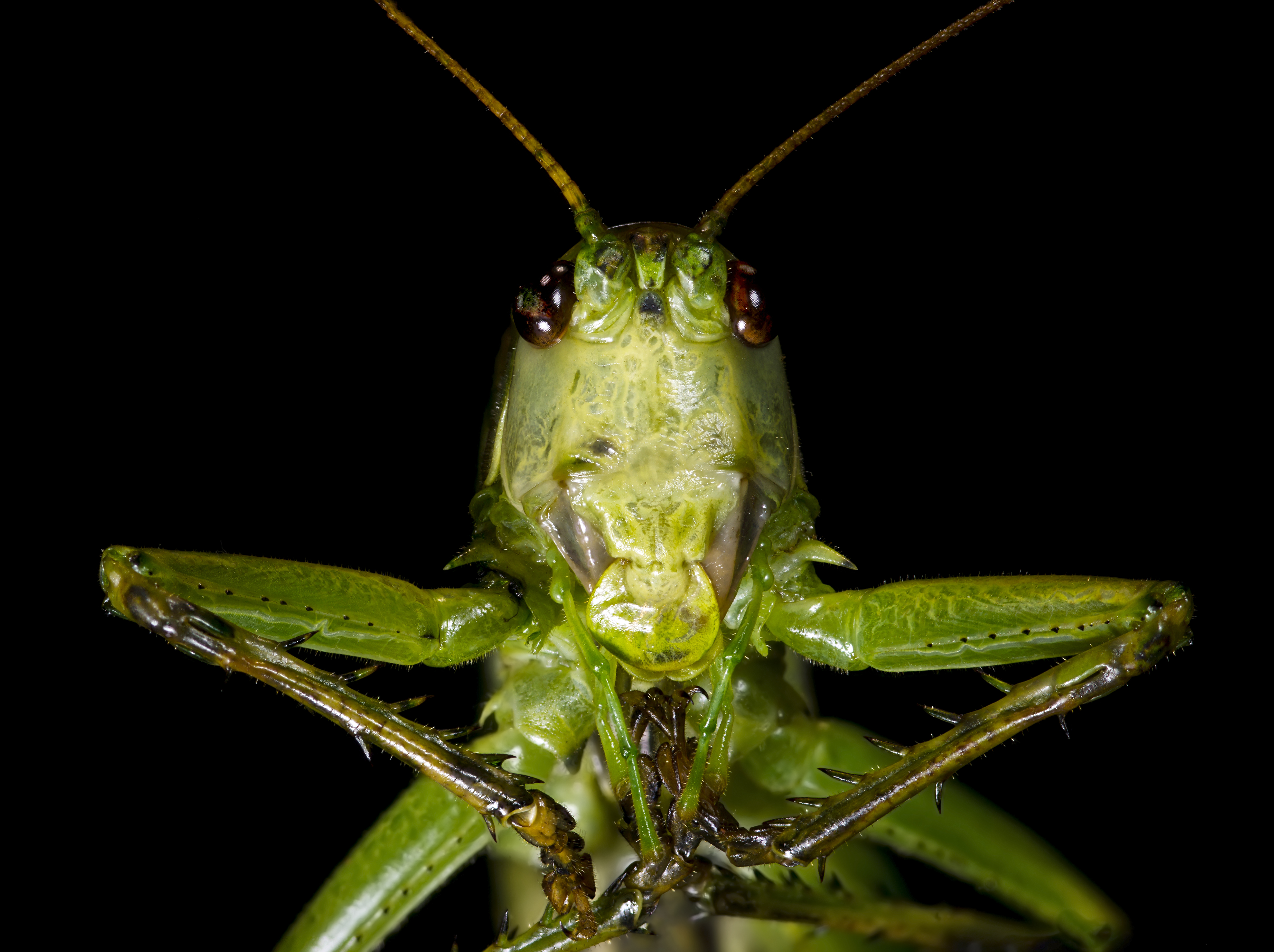|
Pseudophyllinae
The subfamily Pseudophyllinae contains numerous species in the family Tettigoniidae, the katydids or bush crickets. Sometimes called "true katydids", together with the crickets of suborder Ensifera, they form part of the insect order Orthoptera which also contains grasshoppers. Members of the group are noted for their remarkable camouflage. They closely resemble dried leaves, including veins, various blotches and even bite marks. Systematics The Pseudophyllinae may be subdivided into the following tribes (the first 17 of which are sometimes grouped into the super-tribes: Pleminiiti and Pseudophylliti) and genera. (retrieved 25 December 2017) Some notable are also lis ... [...More Info...] [...Related Items...] OR: [Wikipedia] [Google] [Baidu] |
Tettigoniidae
Insects in the family Tettigoniidae are commonly called katydids (especially in North America), or bush crickets. They have previously been known as "long-horned grasshoppers". More than 8,000 species are known. Part of the suborder Ensifera, the Tettigoniidae are the only extant (living) family in the superfamily Tettigonioidea. They are primarily nocturnal in habit with strident mating calls. Many species exhibit mimicry and camouflage, commonly with shapes and colors similar to leaves. Etymology The family name Tettigoniidae is derived from the genus '' Tettigonia'', first described by Carl Linnaeus in 1758. In Latin ''tettigonia'' means a kind of small cicada, leafhopper; it is from the Greek τεττιγόνιον ''tettigonion'', the diminutive of the imitative ( onomatopoeic) τέττιξ, ''tettix'', cicada. All of these names such as ''tettix'' with repeated sounds are onomatopoeic, imitating the stridulation of these insects. The common name ''katydid'' is also on ... [...More Info...] [...Related Items...] OR: [Wikipedia] [Google] [Baidu] |
Callimenellus
''Callimenellus''Walker F (1871) ''Catalogue of the Specimens of Dermaptera Saltatoria in the Collection of the British Museum Supplement'': 25. is an Asian genus of bush crickets in the subfamily Pseudophyllinae. It is the sole genus in the tribe Callimenellini. Species are distributed in: India, China, Indo-China and the Philippines. Species The Catalogue of Life lists: # ''Callimenellus albolineatus'' Gorochov & Voltshenkova, 2005 # ''Callimenellus albomaculatus'' Gorochov & Voltshenkova, 2005 # ''Callimenellus apterus'' Beier, 1944 # ''Callimenellus beybienkoi'' Gorochov & Voltshenkova, 2005 # ''Callimenellus changi'' Gorochov & Voltshenkova, 2005 # ''Callimenellus distinctus'' Gorochov & Voltshenkova, 2005 # ''Callimenellus ferrugineus'' Brunner von Wattenwyl, 1895 # '' Callimenellus fumidus'' Walker, 1871- type species (China, Vietnam) # ''Callimenellus maculatus'' Gorochov & Voltshenkova, 2005 # ''Callimenellus modestus'' Gorochov & Voltshenkova, 2005 # ''Callimenellus op ... [...More Info...] [...Related Items...] OR: [Wikipedia] [Google] [Baidu] |
Hermann Burmeister
Karl Hermann Konrad Burmeister (also known as Carlos Germán Conrado Burmeister) (15 January 1807 – 2 May 1892) was a German Argentine zoologist, entomologist, herpetologist, botanist, and coleopterologist. He served as a professor at the University of Halle, headed the museum there and published the ''Handbuch der Entomologie'' (1832–1855) before moving to Argentina where he worked until his death. Career Burmeister was born in Stralsund, where his father was a customs officer. He studied medicine at Greifswald (1825–1827) and Halle (1827–1829), and in 1830 went to Berlin to qualify himself to be a teacher of natural history. His dissertation was titled ''De insectorum systemate naturali'' and graduated as a doctor of medicine on November 4, 1829 and then received a doctor of philosophy on December 19 in the same year. He then joined for military service in Berlin and Grünberg (Silesia). He was soon after appointed an instructor in the gymnasium at Cologne. He later b ... [...More Info...] [...Related Items...] OR: [Wikipedia] [Google] [Baidu] |
_(7639102324).jpg)
